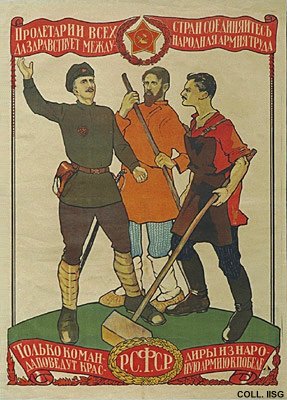1 de mayo 2014
On January 1, 2014, the Ejército Zapatista de Libéración Nacional (EZLN) celebrated the twentieth anniversary of its uprising in Chiapas. This year, they are engaging in a self-appraisal. In April, in the official outlet of the EZLN, Rebeldía Zapatista, Insurgent Subcommandant Moisés published an editorial about the “war against forgetting.” He says that in a mere nineteen years, the struggle of the EZLN has “held in check” (toreado) the evil system that has been oppressing the indigenous peoples for 520 years.
What has been the achievement of the EZLN? In what sense can it be said to have been a success? The EZLN has been scoffed at not only by the world right but by certain elements of the world left as being largely irrelevant to the world struggle against imperialism and neoliberalism. What have they accomplished, ask the critics? Has their trajectory been more than a public relations show?
This kind of criticism misses the entire point of the uprising. Their first accomplishment has been to survive against a Mexican army that has been chafing at the bit for twenty years to destroy them. They have held it at bay not by the military prowess of the EZLN (which cannot compare with that of the Mexican army) but because of their political strength – both internally with the indigenous peoples of Chiapas and externally in the rest of the world. It is this strength that has reduced the army’s efforts to no more than harassment (sometimes murderous harassment) at the edges of their autonomous communities.
What was the manifold message of the EZLN to the Mexican government and to the world when they rose up on January 1, 1994? First of all, they were reclaiming the dignity of the oppressed indigenous peoples by renewing their demand to govern their own communities by their own peoples, collectively and democratically. Secondly, they were saying that they had no interest in taking state power in Mexico, which would have been in their view simply exchanging one set of oppressors for another. Instead they were demanding that the Mexican government recognize formally and sincerely their autonomy.
Thirdly, the EZLN chose the date because it marked the coming into effect of the North American Free Trade Agreement (NAFTA). By choosing this date, they were affirming their rejection of the imperialist role of United States in Mexico and throughout the world. Fourthly, they were saying that, far from being narrowly focused on the struggle in Chiapas, they were supporting the struggles of all oppressed peoples and classes throughout the world. They emphasized this by convening in Chiapas what they called intergalactic meetings and by refusing to exclude participants because other participants did not want them to come. And fifthly, they sought to promote these views to other oppressed peoples in Mexico through the Indigenous National Congress.
The uprising of the EZLN was the beginning of the counteroffensive of the world left against the relatively short-lived successes of the world right between the 1970s and 1994. The combination of the economic and political impact of the Washington Consensus and the seeming triumph of the collapse of the Soviet Union permitted the world right to crow about permanent dominance of the world-system. What the Zapatistas did was to remind them (and the world left) that there was indeed an alternative, that of a relatively democratic and relatively egalitarian world.
The EZLN on January 1, 1994 paved the way to the successful protests at Seattle in 1999 and then elsewhere, as well as the founding of the World Social Forum (WSF) in Porto Alegre in 2001. The continuing struggle of the WSF and of what is now being called the Global Justice movement was made possible by the EZLN.
Of course, as Insurgent Subcommandant Moisés reminds us, “there can be no rest; we must give ourselves with great strength to our efforts.” I suppose this is the ultimate message of the EZLN. There can be no rest for any of us who believe that “another world is possible.”

No hay comentarios:
Publicar un comentario